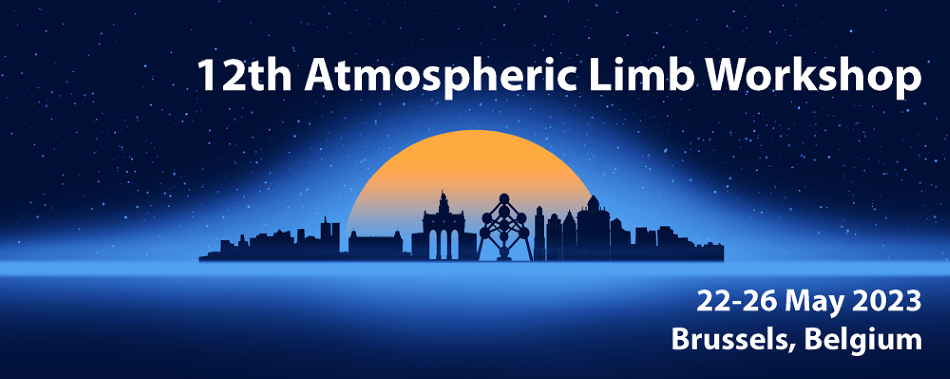Speaker
Description
Since the mid-1980s, a series of limb and occultation instruments provide observations to assess past and recent changes in stratospheric ozone. Long-term changes are so small that the stability of the ozone profile climate data records (CDRs) must be better than ~2% per decade in order to be detected. Ensuring this level of stability poses a challenge for the teams providing datasets of individual sensors, for the teams combining these single-sensor data records into a multi-decade CDR, but also for the teams that quantify the stability of these records.
In support of the 2022 WMO/UNEP ozone assessment, we conducted a comprehensive analysis of the temporal stability of stratospheric ozone profile data sets from 17 limb and occultation satellite sensors and from the ozonesonde, stratospheric lidar and ground-based microwave radiometer measurement networks (NDACC, WMO GAW, SHADOZ). The considered satellite data records were acquired from the instrument teams, then screened and harmonised to common units and vertical grids by ESA’s Climate Change Initiative team. We present an update and extension of earlier analyses (Hubert et al., 2016) which contributed to the SPARC/IO3C/GAW LOTUS and the 2018 WMO/UNEP assessments. Such an update is timely since several satellite sensors (e.g., Aura MLS, OSIRIS, ACE-FTS) now operate years beyond their design life, often with reduced sampling capabilities and ageing detectors. Additional sensors are also included in the analysis (e.g., SABER, OMPS-LP, SAGE III/ISS) and revised versions of satellite data (e.g., OSIRIS, MIPAS, SCIAMACHY, Aura MLS) and ground-based datasets (e.g., ozonesonde). Since aggregated merged satellite records are used by most trend assessments, we extended our analysis of single profile data to monthly gridded profile data. This work was performed in direct support of the quality assessment of data records used and generated by ESA’s ozone CCI project and ECMWF’s C3S operational service.
We present updated estimates of the stability of single profile data (level-2) and of aggregated and merged profile data (level-3) from limb/occultation sensors relative to ground-based networks. The availability of comparison results for all sensors helps identify which satellite data records (or data versions) are the main cause of observed trend differences between merged satellite data records. This ensemble of comparisons also allows us to identify inhomogeneities in time and in space of the ground-based records, which, in turn, leads to a better understanding of the difference in trends between different ground-based techniques. Our work clearly demonstrates that simultaneous coherent analyses of multiple complementary satellite and ground-based data are a prerequisite to achieve the required level of stability for trend analysis. The transition to an era with fewer limb sensors will therefore challenge our ability to detect future ozone changes in a changing atmosphere.

